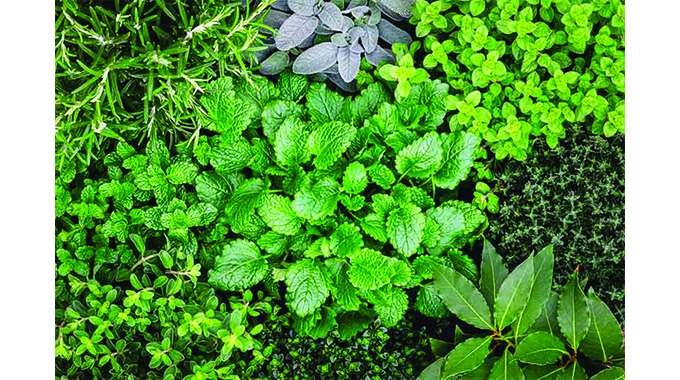Medicinal plants and the need for forestry conservation

Vincent Gono, Features Editor
WHEN sixteen-year-old Mncedisi Moyo* of Matetsi in Hwange district was bitten by a snake at the break of dawn as he led yoked oxen, he was not taken to a hospital.
His father rushed him to Ndlovu’s homestead to seek medical assistance.
Ndlovu is a senior citizen – an old villager with grey hair – a sage who has over the years acquired knowledge of traditional medicine that cures a lot of ailments.
Without wasting time Ndlovu took his small hoe that he often uses for such errands and disappeared into the forest where he almost took forever to bring back some small roots and another that looked like a small sweet potato. Panting, looking tired, he complained that what used to be a herb in abundance and within easy access was now in short supply that he walked some distance to get it. Kneeling down, he rubbed the sweet potato like item on the marks that he called “the teeth” and they became more visible.

A hoe
He told Mncedisi’s father not to worry about taking him to hospital.
“He explained in simple detail what the poison does to the body and told of how the strong concoction that he prepared was going to deal with the venom. And for sure I was right by the end of the day although mother was a little worried and wanted me to be taken to hospital, which idea was shot down by father,” said the young man.
The assistance that Ndlovu gave to the young man gives credence to the revelations by the World Health Organisation (WHO) that an estimated 80 percent of the population of developing countries rely on traditional medicines, mostly plant drugs, for their primary health care needs.
Research has shown that demand for medicinal plants is increasing in both developing and developed countries, and surprisingly, the bulk of the material traded is still from wild harvested sources on forest lands and only a very small number of species are cultivated.

World Health Organisation
The expanding trade in medicinal plants, however, has serious implications on the survival of several plant species, with many under serious threat to become extinct.
Musimboti Traditional Science and Technology Institute’s renowned director and herbalist Mr Morgan Zimunya said it was true that populations in developing and developed countries rely on traditional medicine. He said even powerhouses such as India and China were known for their unwavering policy that encourages traditional medicine.
Mr Zimunya said through traditional medicine he, like Ndlovu of Matetsi, could cure snake bites, diabetis, intestinal upsets, headaches, high blood pressure, kidneys, cancer and a lot of sexually transmitted diseases, genital warts, skin diseases and erectile dysfunction.
He, however, said he doesn’t believe in traditional medicine to enlarge manhood as claimed by some.

snake
Mr Zimunya said it was absurd for anyone to suggest that traditional medicine does not work as it was used before the advent of modern medicine.
He, however, emphasised the need for a deliberate policy as was in the communities to protect the harvesting of medicines in order to protect medicinal tree species that are normally indigenous and wild.
“I grow some of the herbs although I harvest some of the medicine from wild trees. The idea is to know which tree cures what and the method to harvest. You will find out that our elders knew how to protect the trees and would prescribe that one should get the tree bark from the east and the west simply to ensure that the tree was not ringed as it would kill the tree. That was a conservation strategy and it made sure medicine tree species were protected,” said Mr Zimunya.
Besides, communities knew where to go for traditional medicine and those that were into the art of traditional medicine knew the herbs and trees and knew how to protect them from extinction.
“These traditional medicines were not produced and sold on commercial basis but now there is need to grow some of the trees because we are now into mass production, even exporting some to other countries. I grow part of my medicinal trees and herbs on plots, farms and was even outgrowing. I then package them into capsules, eye drops, cough syrups, tea leaves and ointments at a proper industrial and pharmaceutical level,” he said.

Mr Morgan Zimunya
He said there was a need to raise awareness on medicinal plants as an important forest resource to help ensure that medicinal plants were adequately included in forest conservation and utilisation programmes.
Forest conservationist and environmentalist Mr Barnabas Mawire weighed in saying medicinal plants link together the physical environments of local communities and their use of plants in promoting and maintaining their health.
He, however, said prospects for the future supply of medicinal plants impact the long term viability of traditional health systems if no deliberate steps were taken to promote sustainable use of the plants that were usually non wood.
Mr Mawire emphasised on the training of practitioners.
He urged the Government to work with all stakeholders including traditional leaders to ensure protection of medicinal plants as a way of forest conservation and as both a mitigation and adaptation measure to climate change.










Comments